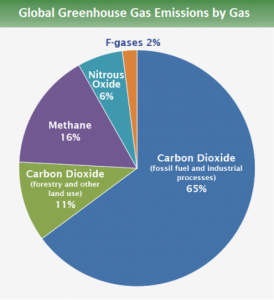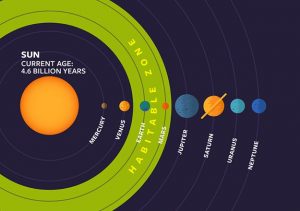A new study by Dr. Benjamin Freeman from the University of British Columbia (UBC) indicates that mountain-dwelling tropical species are moving to higher elevations to escape rising temperatures due to climate change—leading to an escalator to extinction.
Species living on the slopes of mountains, known as montane species, are strongly affected by the climate. As elevation increases, the temperature will decrease, and as a result, this shapes their ecosystem.

The Macaw bird is a tropical species that is endangered and has the potential to be at risk of extinction in the future. Credit: Alvaroas8a0/Pixabay
The tropical regions are the most biodiverse areas in the world, making them valuable to protect. Montane tropical species, in particular, are disproportionately impacted by temperature effects on their shifts to higher elevations compared to their temperate counterparts. This is because tropical montane species are accustomed to stable climates instead of seasonal variations.
As Dr. Freeman has observed, temperate montane species have “not [been] moving up too much in the past several decades, and so we should expect that they will continue to not move too much”.
While conducting the research, Dr. Freeman was “very surprised by the consistency of the results” as they analyzed two independent datasets for individual species and communities, tree communities, and temperature.
The study found that tropical montane communities, species, and trees moved to higher elevations more rapidly than temperate species, making it critical to focus on tropical regions.
What is an escalator to extinction?
As temperature increases, species continually move to higher and higher elevations, allowing for temporary relief from climate change. Eventually, there’s nowhere else higher to go, leading to the extinction of species.
For a detailed explanation about how an elevator to extinction works and the effects on tropical montane species and their elevation shifts due to temperature, check out this video below featuring Dr. Freeman.
What are the effects on humans?
While some of the obvious effects on humans would be the potential extinctions of your favourite animals, there are other areas to consider.
Agricultural crops are of great concern as they affect food availability. Since these crops are temperature-dependent, it will be hard to sustain them with continuous elevation shifts because of their inability to adapt quickly. As a result, global crop production and food security are expected to decline in the future. Models have already indicated that global maize and wheat production have declined by 3.8% and 5.5% respectively.
To hear a personal story about further potential effects on humans such as malarial infections and what you can do, take a listen to the podcast below with Dr. Freeman.
What’s for the future?
While tropical montane species are moving to higher elevations more rapidly than temperate species, Dr. Freeman is uncertain about how long it will take to see the effects of these changes. For now, we can do our best to preserve these species and advocate for change.
— Amrit Jagpal, Calvin Pan, Michael Ge, Sandeep Singh, Shunya Sunami


